LeDragonArgente
Large Celtic Cross in Sterling Silver or Antique Bronze
Large Celtic Cross in Sterling Silver or Antique Bronze
Share
Average Processing Time
Average Processing Time
Sterling Silver & Bronze : 1-2 weeks to make
Stainless Steel : 2-3 weeks to make
Bracelets & Gold : 2-3 weeks to make
Shipping times
Shipping times
Shipping info: Shipping is with tracking and full insurance. For international buyers, please be aware of taxes & duties are payable to your country by the buyer and is not collected by me.
Standard Shipping
Canada & USA: 1-2 weeks regular mail
Internatonal: 3-6 weeks depending on customs inspections
DHL Shipping Upgrade : 3-8 business days
Return Policy
Return Policy
For anything other than gold or custom orders, I will accept returns only as long as I am notified and is mailed back to me in Canada within 14 days of you receiving it in the original packaging and in an unworn condition and will be subject to a 15% restocking fee. Shipping is non-refundable.
I must be contacted first before attempting to return the item, or it will be considered a forced return, thus voiding the refund option.
Customers are responsible for the return shipping costs and I will refund minus the restocking fee on the item once I've received it back in my hands.
Important info about gold jewellery & Special Orders: All my gold jewellery is made per order and is not eligible for returns or refunds. Gold orders are not stock items as they are made only upon ordered. So please take this into consideration when you place your order.
Ordering from the UK and EU? Please read update.
Couldn't load pickup availability
This Large Celtic Cross Pendant is a bold, beautifully detailed piece that pays tribute to rich Celtic heritage and craftsmanship. Whether you choose .925 sterling silver for a classic shine, stainless steel for durability, or antique bronze for an old-world feel, this Celtic pendant is designed to stand out!
The Celtic cross itself is a powerful symbol, blending Christian and ancient pagan traditions, representing faith, unity, and the connection between the physical and spiritual worlds. With its intricate knotwork and meaningful design, this piece feels like it carries the wisdom of the ages—perfect for anyone drawn to history, mythology, or their own Celtic roots!
DETAILS
- Materials: available in either .925 sterling silver, a mix of 92.5% fine silver and 7.5% copper, or antique bronze, a mix of 90% copper and 10% tin. Both are free of nickel, zinc or cadmium, which are common metal allergens, which can cause rashes and sores. For more info on bronze, read the blog post or consult my FAQ Stainless steel is an affordable material to create hypoallergenic jewellery for those sensitive to costume jewellery.
- Stainless steel is a tougher material than gold and silver and is ideal for everyday wear for those that are hard on your jewellery. The stainless steel I use is 316L grade to make sure you get no allergic reactions as 316L grade stainless steel is nickel free, lead free and cadmium free. Moreover, stainless steel is water resistant and doesn't tarnish and doesn't required a lot of care. It does take more work to finish pieces cast in stainless steel and can take longer to get cast, so the processing time is 2-3 weeks depending on the caster.
- Pendant Dimensions: It is 5cm long plus the bail and 2.5cm wide. The bail can pass a 6mm wide chain. The back is textured and can accommodate an engraving.
- Shipping: Shipping is with tracking and full insurance. For international buyers, please be aware of taxes and duties are payable to your country and must be paid by the buyer and is not collected by me.
- Due to the high cost of materials, chains are not included with any of my pendants. If you are looking for a chain, you have a selection found in my Chains & Engravings section of my shop.
- For any questions about my materials, processing time, and more, check out my FAQ for more info!
There is a large irish population here in Montreal, and no one was making jewellery in this style. So I decided to do it! These are from a collection of master designs I got from a retiring jeweller here in Montreal. The original design dates from the 40's-50's, like many pieces in my Celtic collection.
Looking for a gift with real meaning? This pendant is more than just jewellery—it’s a symbol of strength, faith, and heritage. It’s a great way to honour family roots, celebrate a connection to Celtic culture, or simply give someone a piece of history they can wear every day. Bold, meaningful, and beautifully crafted, this is the kind of piece that will be treasured for years to come!
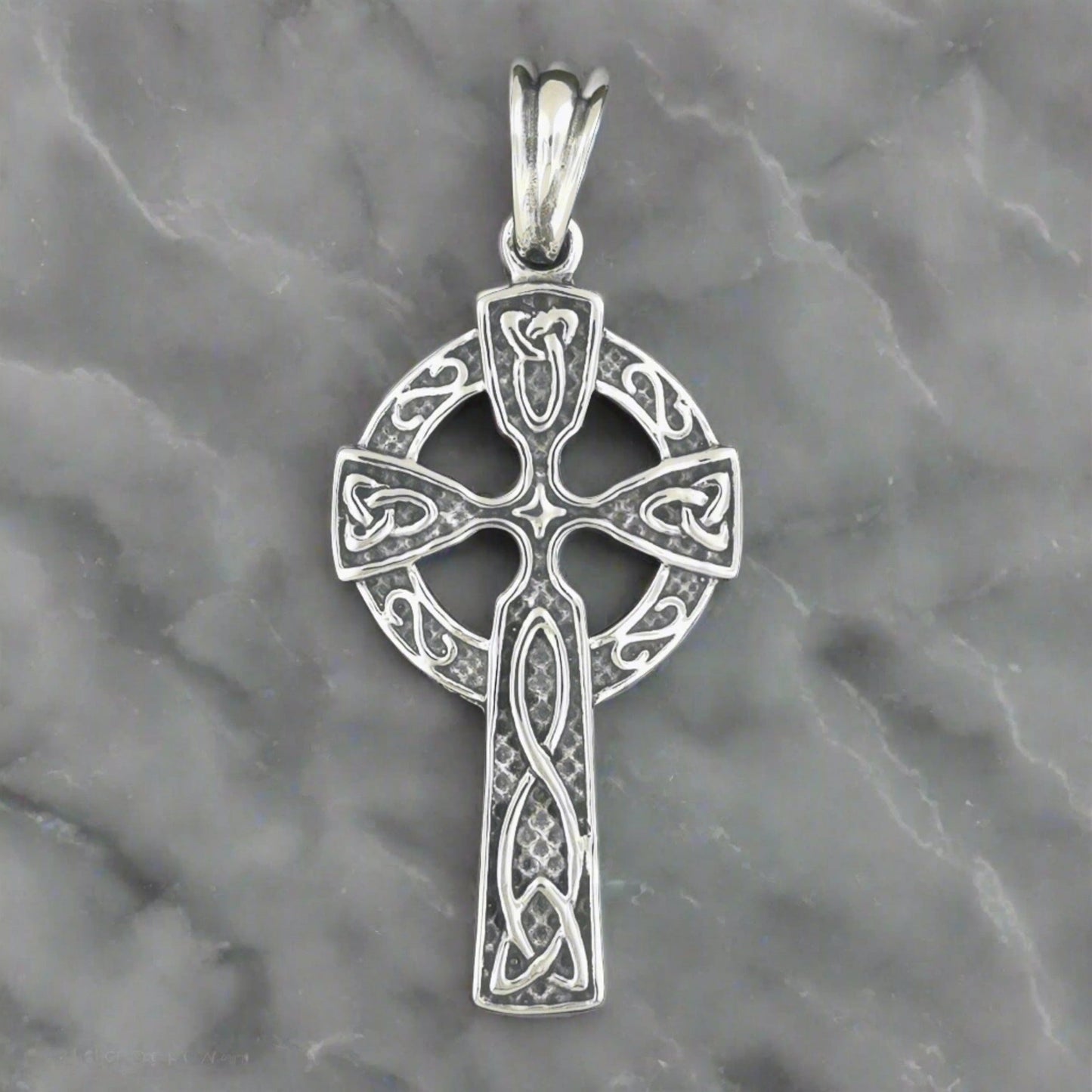

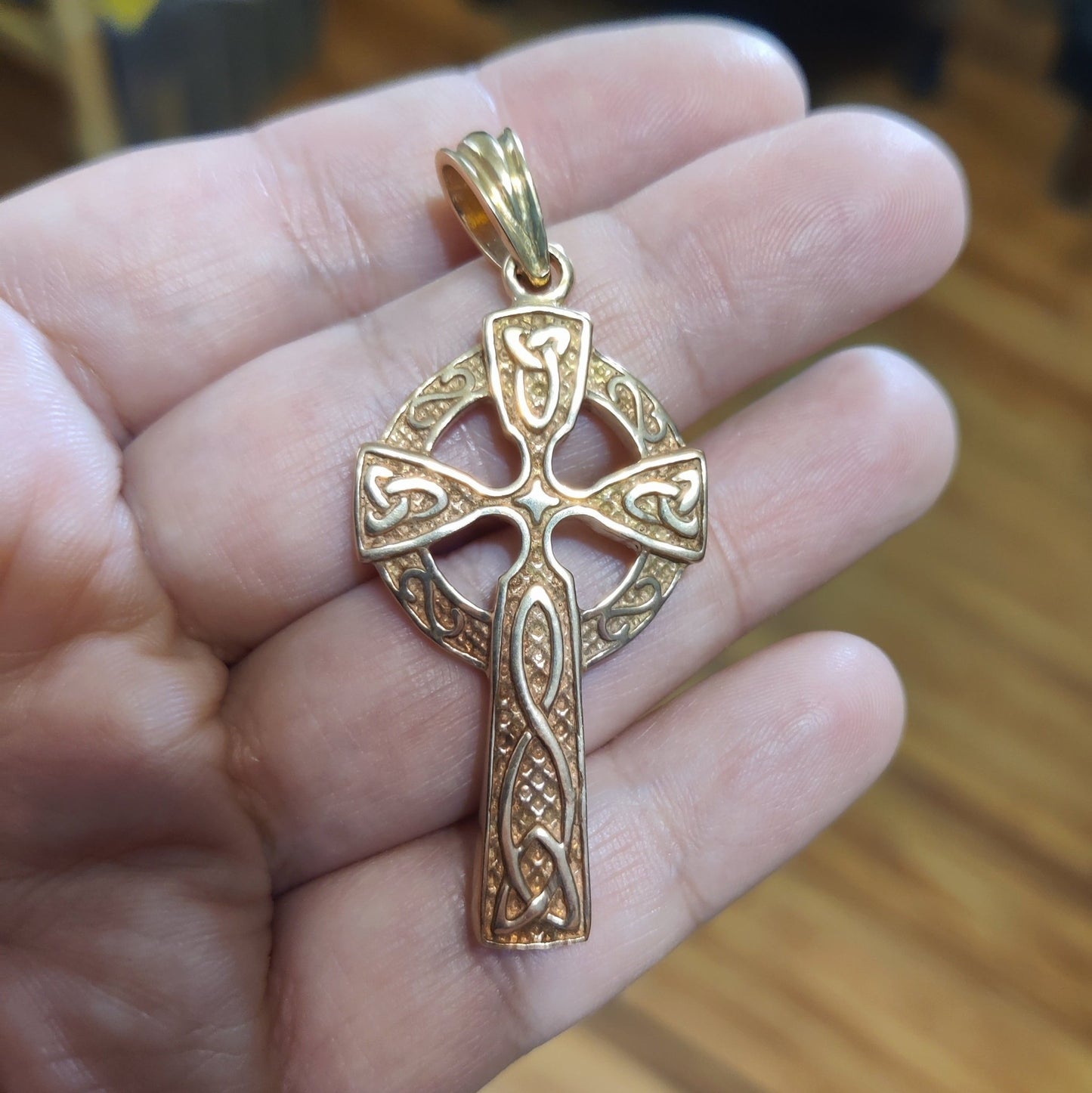
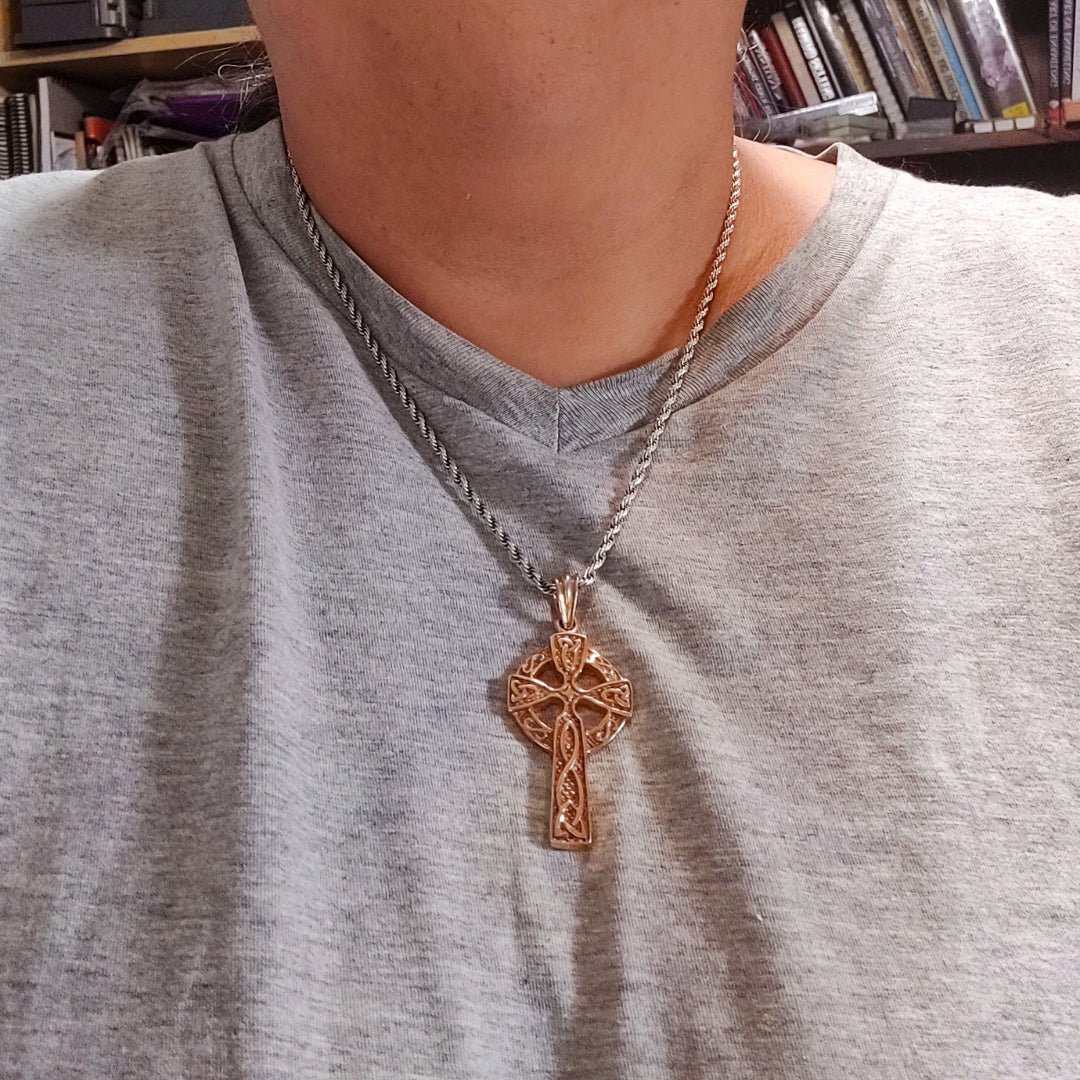
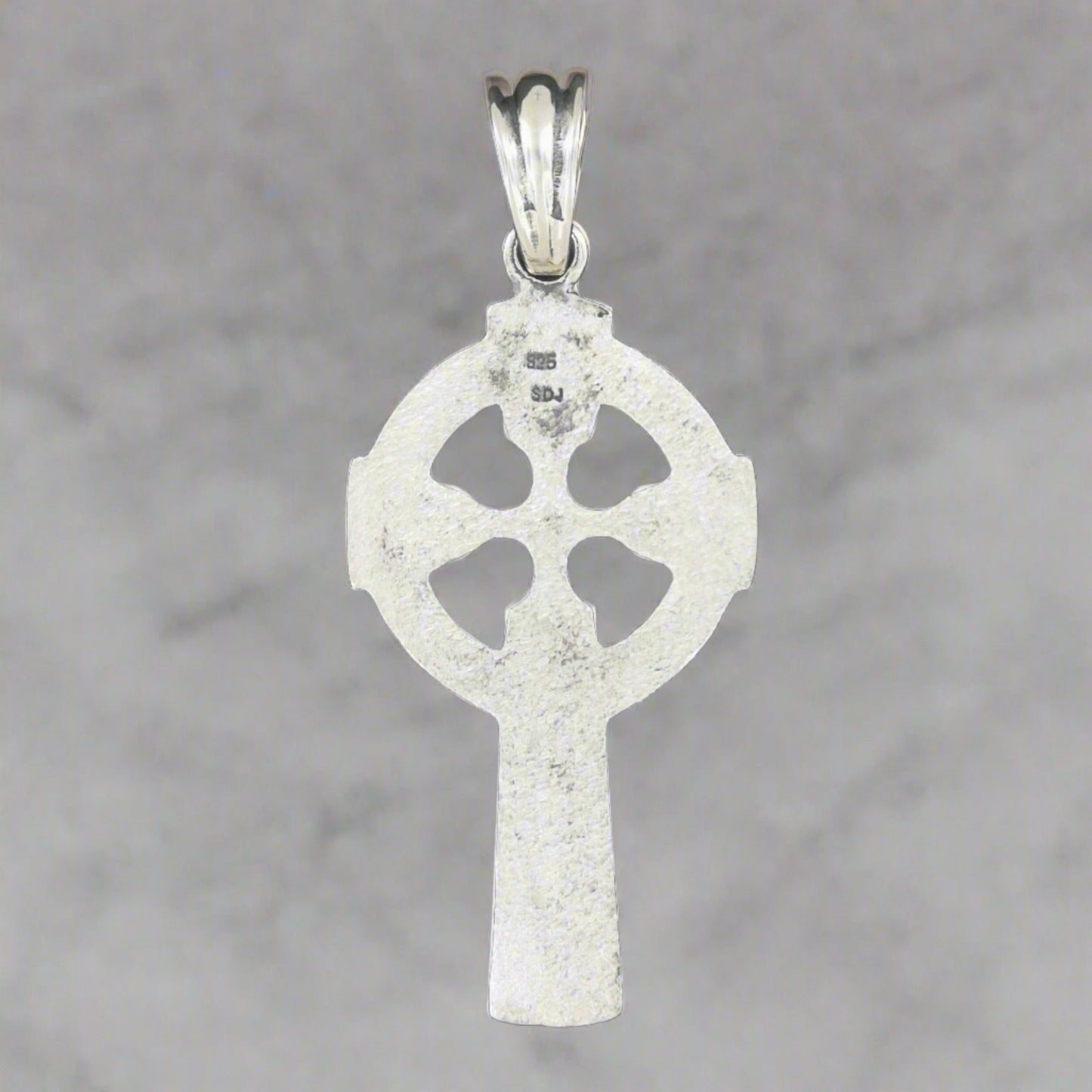
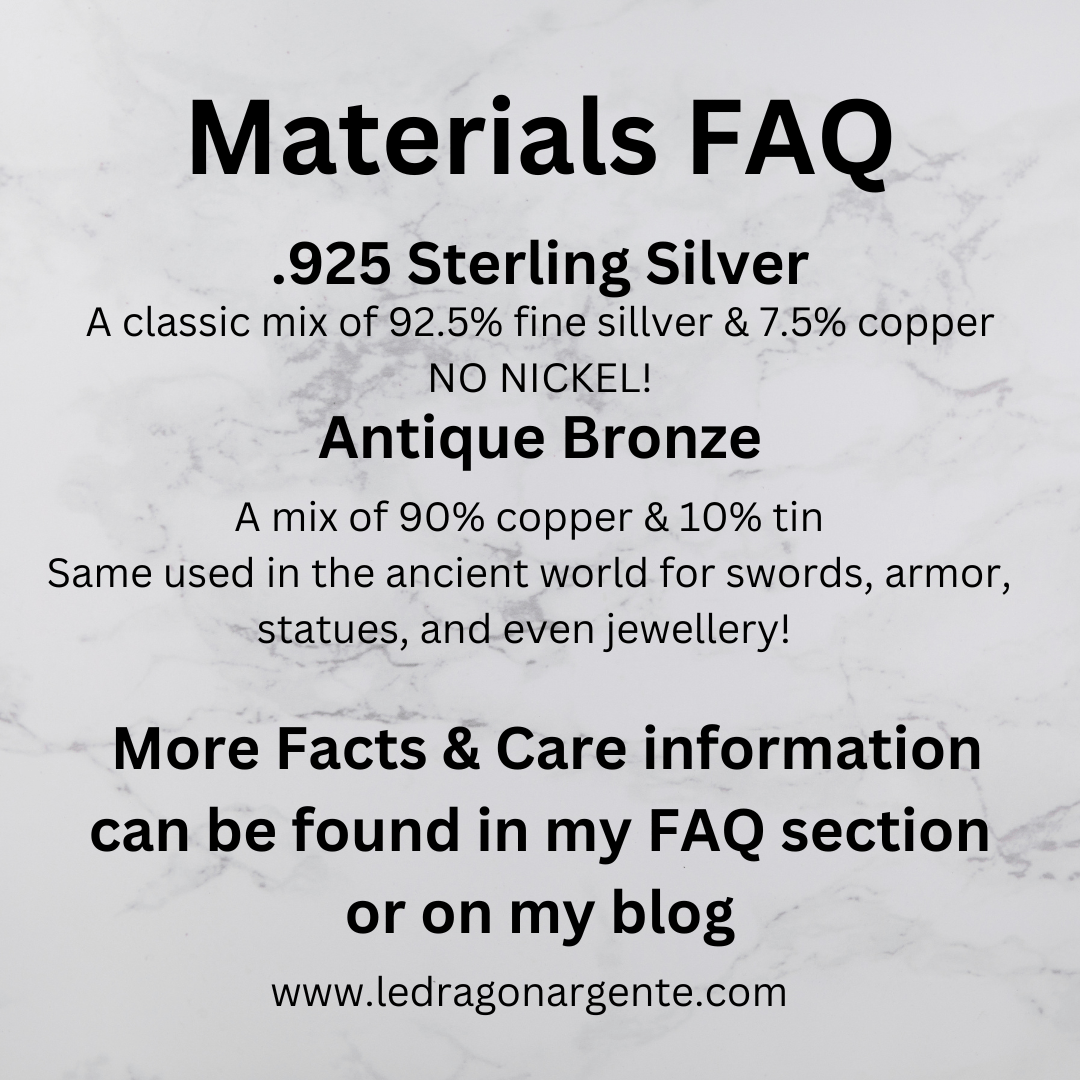
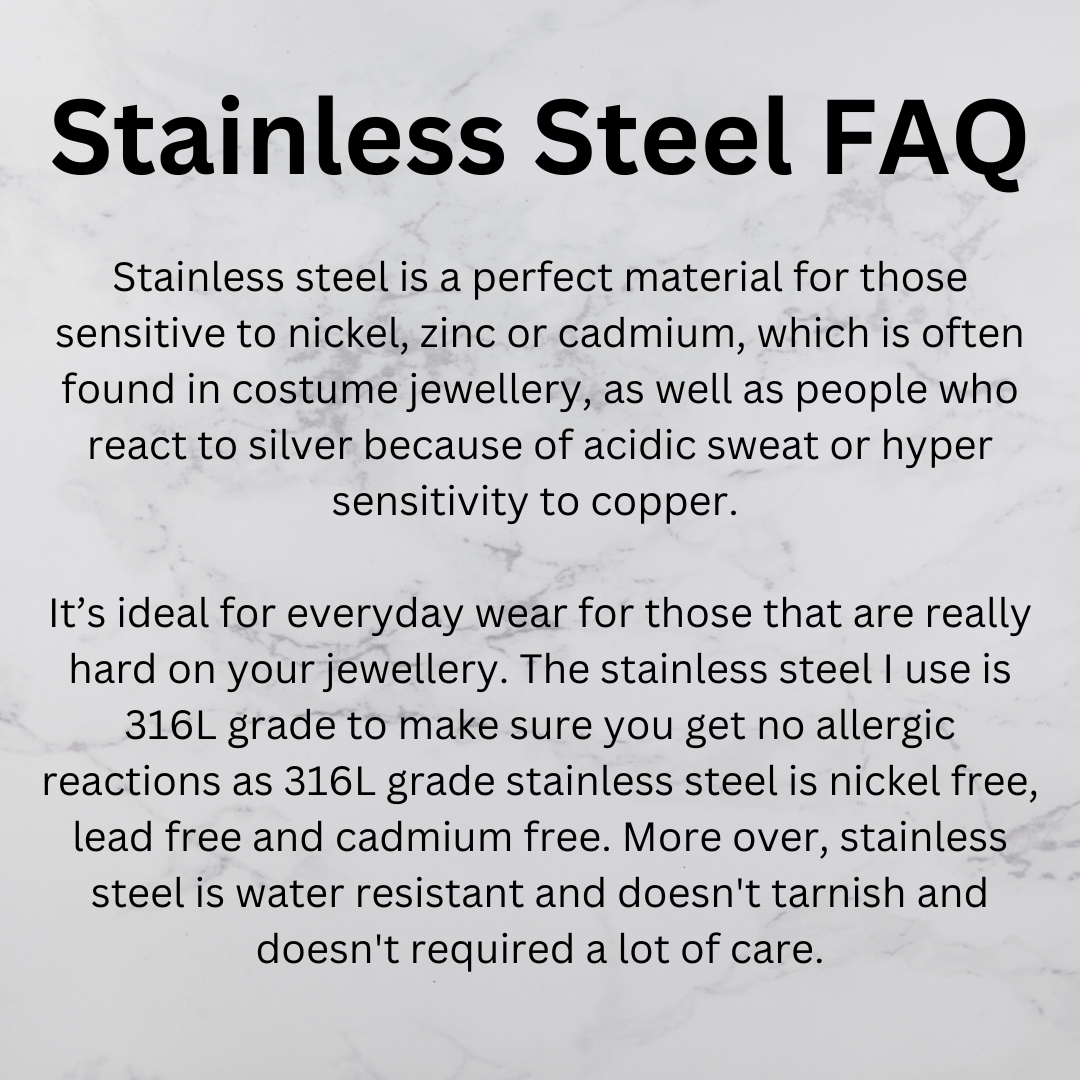
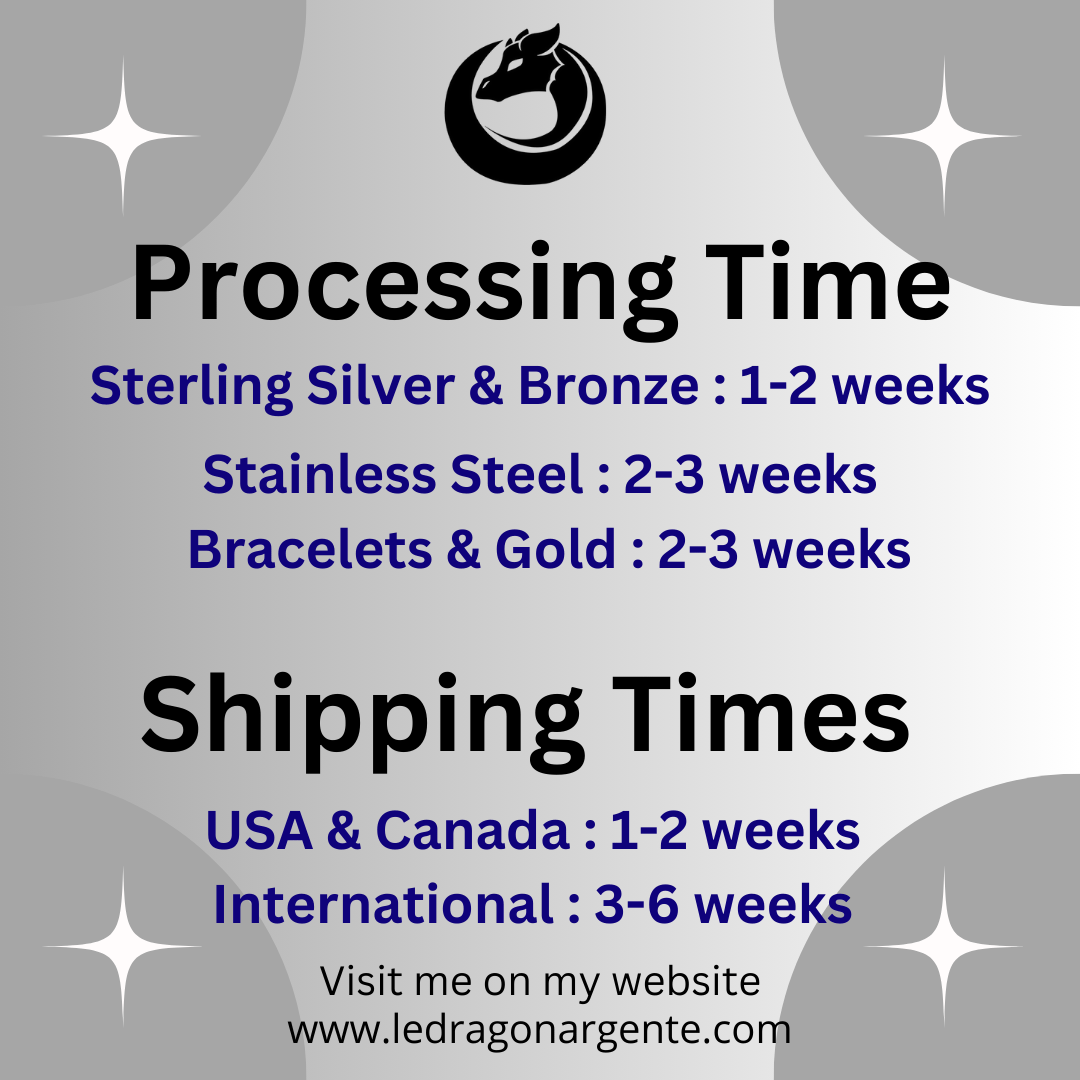
JOIN MY MAILING LIST!
Want to be kept in the loop about upcoming shows, updates, and special deals? Join my mailing list and get exclusive news and discounts just for being a fan!








